Dashain: Every Details You Want To Know!
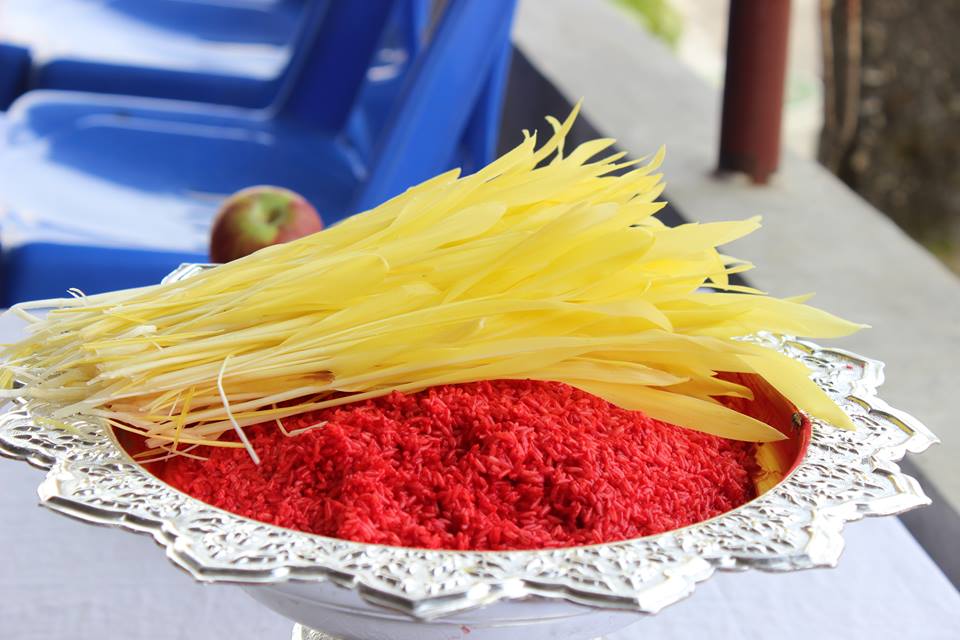
Tika and Jamara
Dashain is a special festival or celebration on the Ashwin Shukla side from Pratipada to Dashmi and then to Kojagrat Purnima. Dashain is known as Bada Dashain, Dussehra, Vijaya Dashmi, Ayudh-puja etc.This is especially the four-day festival of flowers, Maha Ashtami, Mahanavami and Vijayadashami from Ashwin Shukla Saptami to Dashami. It is the biggest national festival of Nepalis. Vijayadashami is the main day.This festival is specially celebrated on this day in the Treta era to commemorate the slaughter of Ravana by Shri Ram to deprive Sita. Since Shri Ram conquered Ravana in ten days, Dashai is called Vadadshai and Vijayadashami. Dashain is seen as the victory of truth over untruth.
Whether Vijayadashami is celebrated as the victory of Lord Rama or as Durga Puja, in both forms it is a festival of Shakti-Puja, . It is a celebration of joy and exhilaration and victory. Hindu culture is a worshiper of heroism and valor. The celebration of Dashain has started with the aim of showing heroism in the blood of individuals and society. It is a festival of great happiness.Holidays that are full of complexity are neither fun nor comfortable. Festivals that come and celebrate with joy and exhilaration bring a different vibrancy. Provides different pleasures and happiness.
It transforms the whole atmosphere into joy and brightness. That is why the festival is celebrated with special significance.That is why we celebrate Dashain with great joy as the great festival of the Hindus. The festival of Baradsai is also celebrated by playing Malsiri or Malshri tunes and singing songs. At this time, an atmosphere is created to meet one’s friends and relatives in the country or abroad. The festival provides such a golden opportunity. It has a different fun. This is the time when the environment is created. The festival provides such a golden opportunity. It has a different fun. In Dashain, the fun of Dakshina, Tika, Jamara and Ping is considered to have a special meaning and importance.
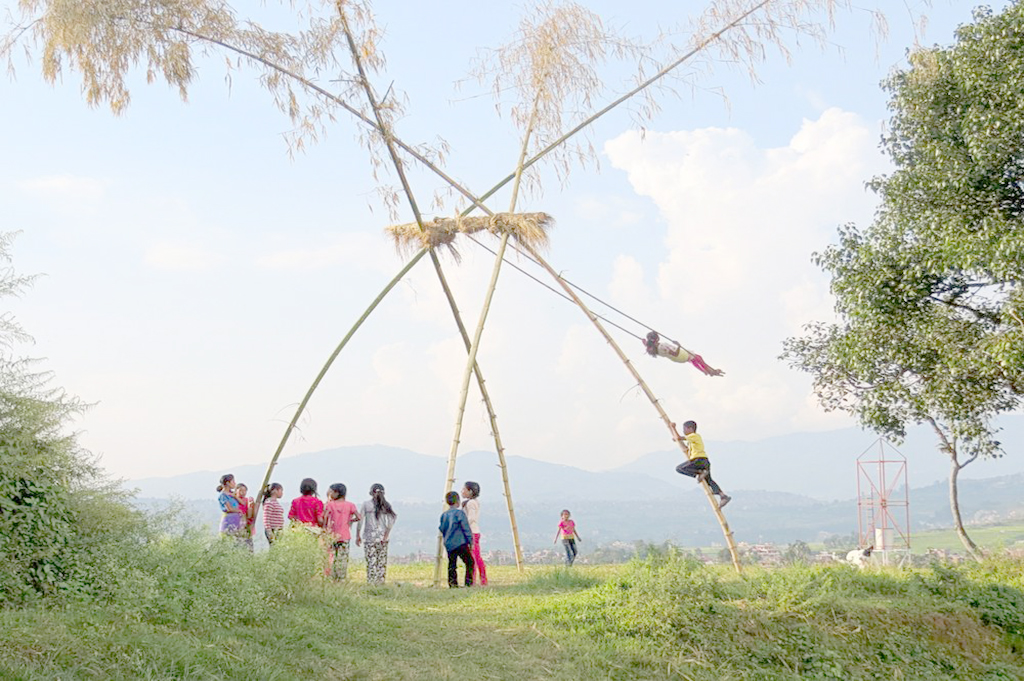
Dashian Ping
In fact, since it is celebrated for ten days, this great festival of Hindus is called Dashain. In Dashain, the nine forms of Nava Durga (Goddess Durga as the power of Hinduism), Shailaputri, Brahmacharani, Chandraghanta, Kushmanda, Skandamata, Katyayani, Kalratri, Mahagauri and Siddhidhatri are specially worshiped and adored. This new form of Vadurga Bhavani is worshiped from the day of Ashwin Shuklapaksha Pratipradaka to the day of Mahanavami, one day at a time for nine days. On the tenth day, Vijayadashami is celebrated on the occasion of Bhagavati’s victory over the demonic power and Rama’s victory over Ravana. Here are the major four days of Dashain.
Mahasaptami(The Seventh Day)
The seventh day of Navratri is flowering. On the seventh day of Navratra, nine types of Pallavas like bel leaves, rice husk, pomegranate, ginger plant, raw, sugarcane, banana etc. are brought into the house.There is a religious and cultural belief that when new plants are brought into the house to welcome the end of the rainy season and the arrival of autumn, the pathogens (viruses, bacteria) and various kinds of negative germs and bacteria living in the house do not stay in the house due to the effect of medicinal plants. On this day, after the fulpati in Sadar Tundikhel, banana, pomegranate, paddy, haldi, mane, karchur, vine, ashoka and jayanti, these nine types of leaves are brought to the place where Durga Puja is performed. On this day especially Mahasaraswati and books, copies, pens and masidani etc. are also worshiped. On this day, the farmers go to the fields and worship the paddy with sandalwood, akshata and flowers and bring the rice ears and plants into the house.
Also on the same day, Fulpati(offerings) brought from Dashainghar of Gorkha Durbar are brought to Jamal, the capital of Kathmandu, and paraded and taken to Hanumandhoka Darwar.
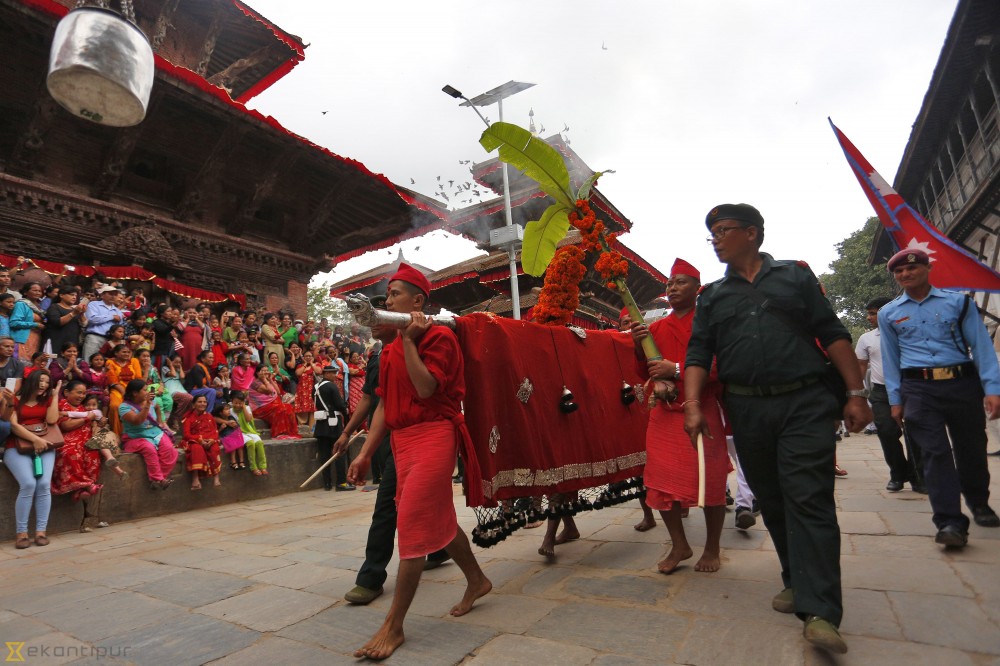
The Fulpati
Mahasthami(The Eighth Day)
On the eighth day of Navratri, special worship of Mahakali-Bhadrakali is performed on Mahasthami. According to Devi Bhagavat, in ancient times the worship of Daksha Prajapati was performed on the day of Ashtami with a very powerful Bhadrakali (Millions of Vagina-Shakti) who destroyed it. After worship, people offer goats, chickens, ducks, calves, etc. to Navdurga, their family deities, deities and local deities. Vegetarians offer coconuts, cucumbers, bananas, gherkins, etc.The night between Mahaashtami and Mahanavami is considered as Kalaratri and Gupta Puja is performed throughout the night.
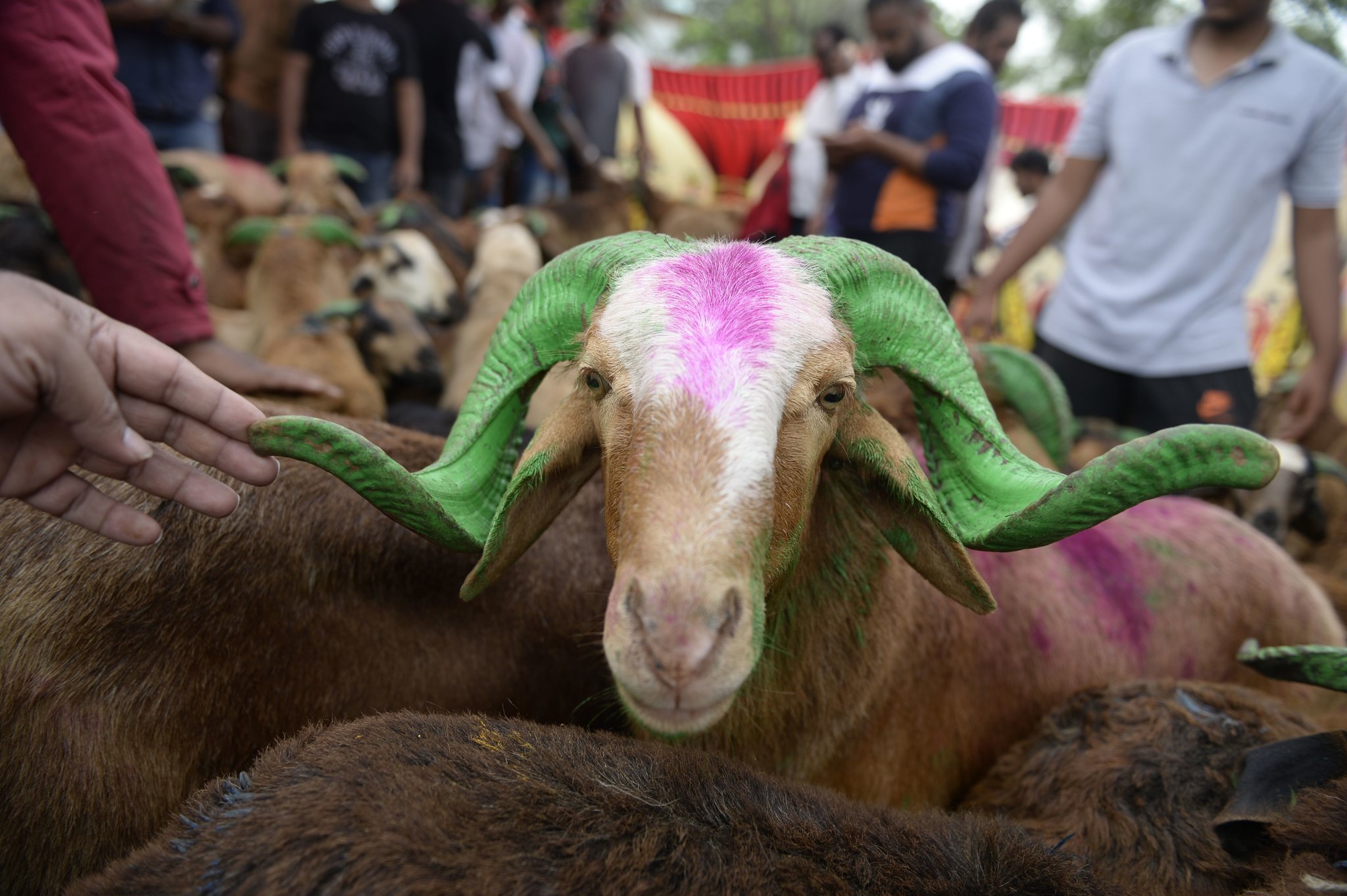
Goat sacrifice
Mahanavami(The Ninth Day)
On the ninth day of Navratri, on Mahanavami, especially Siddhidhatri Devi is worshiped. On the same day, worship of Vishwakarma is also performed by sacrificing tools, weapons and vehicles in the morning. On this day, in addition to other poojas, especially new girls from two to ten years of age are also worshiped. Sacrifice means to give up. The offerings of Navdurga have been sacrificing all the ten vices of work, anger, greed, lust, envy, jealousy, hatred, deceit, hypocrisy to get rid of these ten kinds of vices and attain happiness, peace and prosperity. Rango, the symbol of greed, sheep, the symbol of envy, chicken and duck are believed to be sacrificed.
Vijaya Dashami
The tenth day of Navratri is called Vijayadashami. This is a special day of the Dashain.It is said that Lord Ramachandra conquered Ravana on this day and it is called Vijayadashami.On the same day, the most mature and knowledgeable person in the house worshiped Bhagwati Durga and other deities and deities with sixteen items. In the middle of Rakhi, invincible Goddess, on the right, Jayadevi, on the left, Vijaya Devi, invocation and sixteen items are worshiped and burnt as much as possible.There is a religious belief that no one can oppress (conquer) by doing so.After reciting mantras, sprinkling sandalwood, akshata, flowers Durga Bhagwati and other deities are immersed and picked up and kept elsewhere.Then the idols of the goddess and the Navapatika are recited in Baja, Gaza or Vedic mantras and taken to the reservoir.
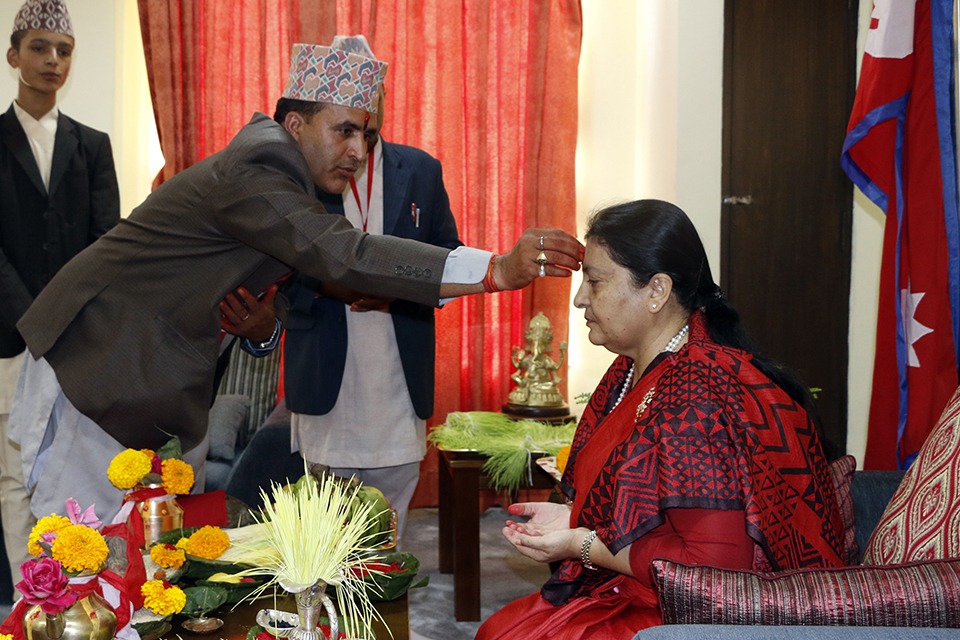
Offering Tika
After that, the people of the house bless the new Durga Bhagwati by placing a drop of rice in avir and curd on her forehead and jamara on her head. Then the family goes to relatives and dignitaries to get vaccinated with the new clothes and jewelery that have been prepared for Dashain. Its larco and crowd can be seen abundantly on the road or on the bus.There is even a belief that if you play Ping(Swing) on this day or leave your feet on the ground, you will go to heaven after death.It is not only a tradition to stay in Dashain, putting Jamara, take blessings, take Dakshina, but also the values and beliefs of our life are hidden in it. They also have specific meanings and significance.
Blessings of the Dashain(Ashish):
Ashish means blessing. The goodwill of the people for their progress, progress and longevity.
In Dashain, blessings are often given by people who are older than oneself. This indicates that respect should be shown to the people. It also means that the blessings given by the people are useful for us. Also, the elders should give the right guidance to the younger ones. It is also a message that the right culture should be given.
The blessing to be given to a man when he is receiving Tika in Dashain is as follows-
“आयू द्रोणसुते श्रीयो दशरथे शत्रुक्षयं राघवे।
ऐश्वर्यं नहुषे गतिश्च पवने मानञ्च दुर्योधने।
दानं सूर्यसुते बलं हलधरे सत्यञ्च कुन्तीसुते।
विज्ञानं विदुरे भवन्तु भवतां कीर्तिश्च नारायणे॥”
It means as follows-
Long life like Dronaputra Asvattham. Be rich like Dasharatha Raja. May the enemy like Lord Rama be destroyed. Be famous and praised as the king of Nahus. Be like the wind, be as dynamic as Hanuman. Be respected like Duryodhana. Be generous like Suryaputra Karna. Be strong like Balaram. To be truthful like Kunti’s son Yudhisthira. Be knowledgeable like Vidur. Be it fame or fame like Lord Narayan. Blessings are taken from the elders.
The blessing to be given to a woman during Dashain is as follows: –
“जयन्ती मङ्गला काली भद्रकाली कपालिनी
दुर्गा शिवा क्षमा धात्री स्वाहा स्वधा नमोऽस्तु ते ।।”
It means as follows:
Be as beautiful as Maheshwari Jayanti Devi and be victorious. Be famous as a free, liberating goddess like Mangala Devi. Kali Devi who takes all creation with her in time. Be gentle, happy, happy like Bhadrakali. Terrible for enemies like Kapalini Devi. Destroy misfortune from deeds and worship like Durga. Forgiveness. Being welfare and omnipotent like Shiva Devi. Protecting all living beings like Dhatru Devi.Perform every charity like Swaha Devi.
The Tika:
In Dashain, Tika rests one’s forehead to receive blessings from one’s loved ones and relatives. In this way, the blessings given by the devotees are also very meaningful.Blessings is given to remove the disorder in the human brain and to develop a strong manly spirit. It also indicates respect for the people. Tika which is also called Akshata. A mixture of cow’s milk, yoghurt, sugar, and rice is applied in the middle of the forehead.This is called the third eye,lying between two eyebrows. The Ajna Chakra is the center of clarity and wisdom. It determines the boundary between human and divine consciousness.
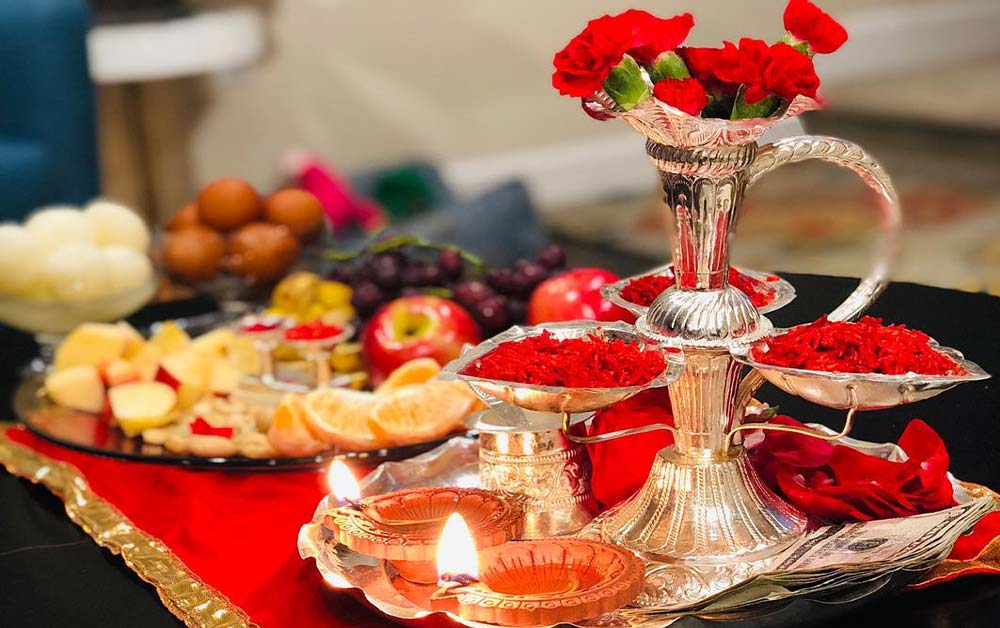
This means that the respected seniors , Manyajan, inspires us to become rich in wealth, intellect, health and everything, so keep the third eye open for that. . Also, red and white Tikas are said to be symbols of peace and prosperity. It is believed that it purifies the brain, mind and thoughts. It is customary for relatives to receive the vaccine at home.Tika continues till the full moon and from the full moon to the end of one side (fifteen) Dashain Chad.
The Jamara:
It is customary to receive Tika in Dashain. The barley Jamara placed on the day of Ghatsthapana , inside the hair on the head or blessing the ears. It has its own special method of keeping Jamara. There is a Mantra. In a dark place where the sun does not shine, Jamara is grown by sowing barley in pure soil.
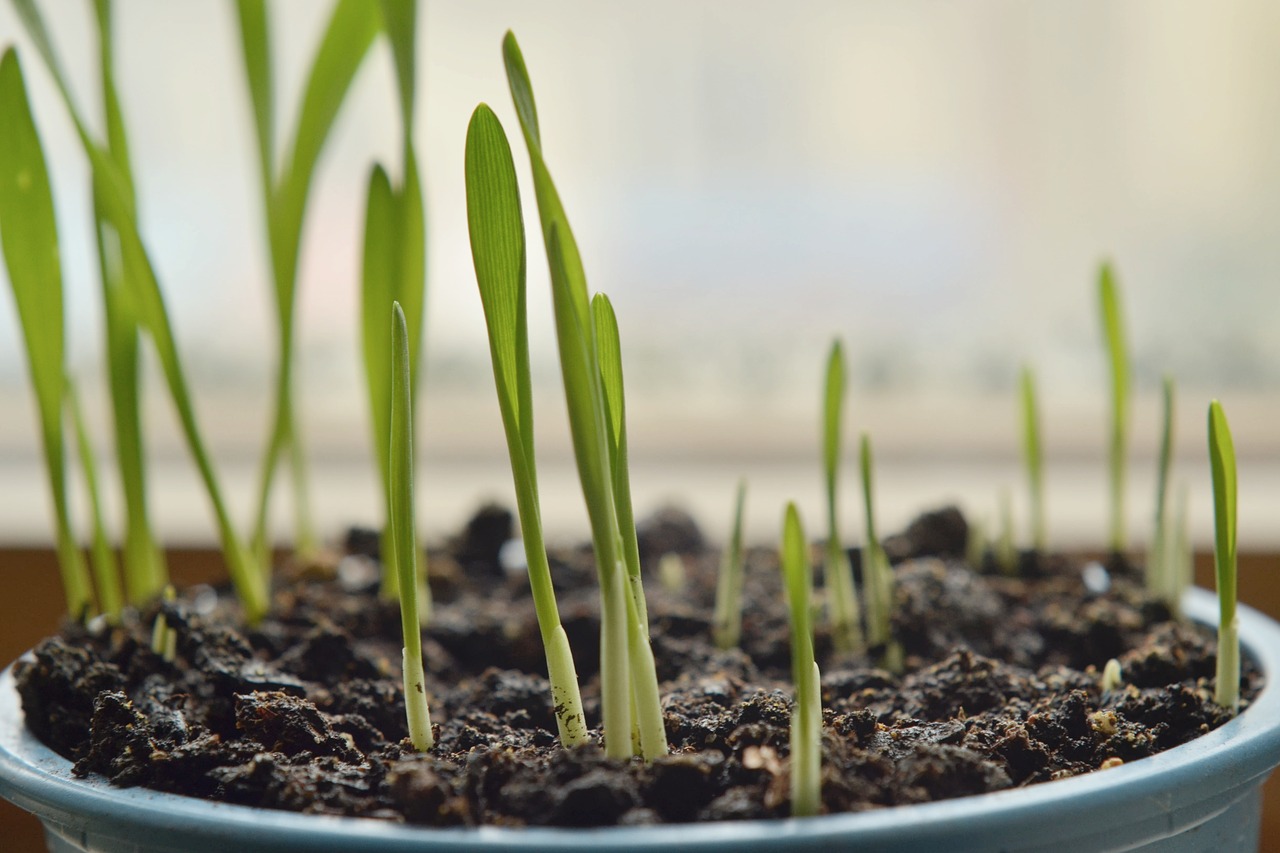
Jamara
The scriptures consider it a symbol of prosperity.In Sanskrit, barley is a nutritious food. Barley is also considered a medicine in terms of health. It contains carbohydrates, proteins and vitamins. Jamara or its juice is considered to be very healthy.In the Vedic scriptures, barley is used as a food to cure disease, to strengthen and strengthen the soul. Even in the mythological texts, barley is considered as the king of grain.
The Dakshina:
Money given to daughters, sons-in-law, relatives, etc. who have come for receiving Tika in Dashain.There is a general belief that keeping Dakshina at home, wishing happiness, peace, strength and prosperity, is to bring in Lakshmi. And it is also found that such Dakshina is kept without spending. In fact, the Vedic period was a period of confluence of sadhana, siddhi, samathrya, shakti and saurya. That was the beginning of the decade. It has been confirmed that it is not only a subject related to Sanatan tradition, culture, religion, faith and belief but also a subject of scientific importance. It is close to sociology, psychology and behavioral sciences.
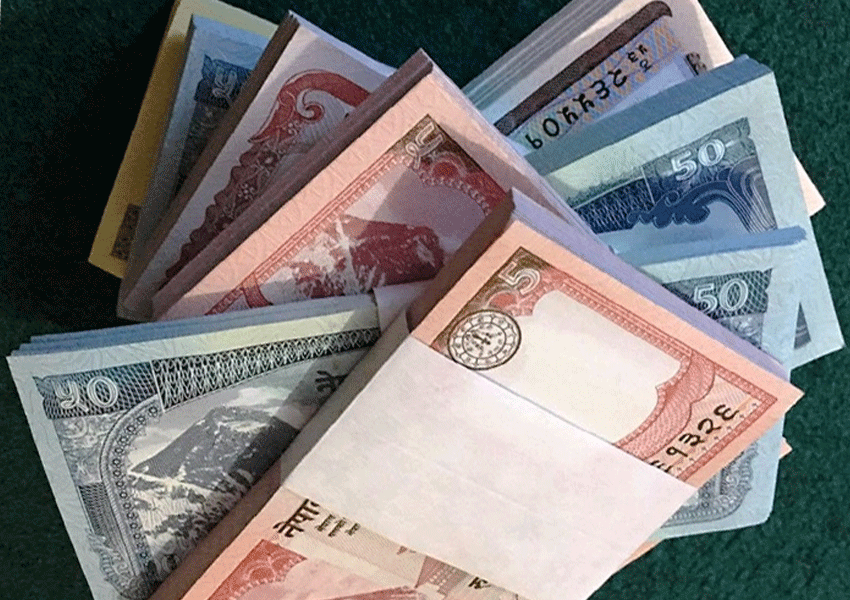
The Dakshina
Comment Here!